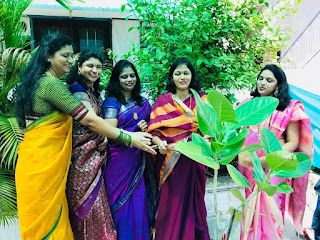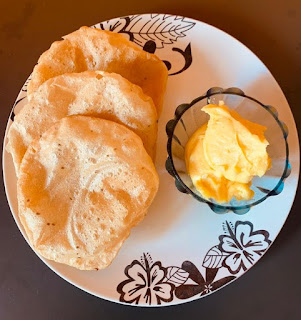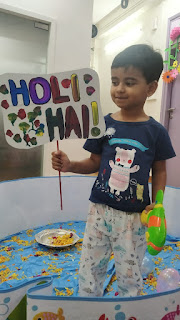Dussehra, also known as Dasara or Vijayadashami, is a major hindu festival celebrated at the end of Navaratri. It is observed for different reasons and celebrated differently in various parts of the Indian Subcontinent on a large scale. Many of the Hindu festivals are related to great epics like Ramayana and Mahabharata and Dussehra is one of the main ones. Dussehra is one of the most distinguished festivals in India and is celebrated in different ways in different parts of the country.
Mythology:
- Most of the northern states of India see this festival as the day when Rama killed the ten-headed king of Lanka, Ravana. According to the Ramayana, Ravana kidnapped Rama’s wife, Sita. After several years of penance, Ravana had received a boon from Lord Brahma which made him indestructible. Rama, the seventh incarnation of Vishnu, circumvented the boon and managed to kill the demon king in a fierce battle on this day. The word ‘Dussehra’ is made up of two Hindi words, ‘dus’ meaning ten and ‘hara’ meaning annihilated. Therefore, when combined, ‘Dussehra’ stands for the day when the ten evil faces of Ravana were destroyed by Lord Rama.
- In many other states of India, the festival is dedicated to the victory of goddess Durga over the demon Mahishasura. According to the Puranas, Mahishasura performed severe penance to be immortal. However, when Lord Brahma told him that wasn’t possible, the arrogant demon altered his request, instead, wishing that if he were to be killed, it had to be by a woman. The deeply prejudiced Mahishasura was extremely confident that no woman was strong enough to slay him. Soon, with his newfound strength, he started wreaking havoc in the three worlds, terrifying even the gods themselves. That’s when goddess Durga came to their rescue. She challenged the demon and fought with him in a nine-day long battle, ultimately slaying the powerful asura on the tenth day. This is why Navaratri celebrations are nine days long, with each day dedicated to one of the nine avatars of Durga, culminating with Durga Puja celebrations on the tenth day.
- According to the Mahabharata, Dussehra also marks the day when Arjuna single-handedly put the huge Kaurava army to sleep by invoking the Sammohan Astra. Arjuna was also called Vijaya – the one who is ever victorious. Thus, the day became popular as “Vijaya Dashami”.
- In other parts of the country, Dussehra is celebrated as the festival of Saraswati, the goddess of knowledge. People worship the goddess along with their instruments of trade.
- Put on Toran (make it with mango tree leaves and marigold flowers) to the main entrance of the house in the morning.
- To perform Puja, Keep a wooden chowki adjacent to the temple and cover it with a red cloth. Draw a Swastik with red colored rangoli below chowki. Decorate chowki with toran (made up of mango tree leaves).
- Spread some rice on the chowki and place a copper/brass/silver kalash on it. Fill water in a Kalash. Draw a swastik on kalash. Put a coin, puja supari and a pinch of haldi, chandan and kumkum into it. Then cover the neck of the Kalash with five or seven Mango or betel leaves. Place a whole brown coconut with its husk on top of it.
- Beside kalash put a plate(you can use taaman) and draw a swastik on it with kumkum. Then put rice in it and draw Goddess Lakshmi with that rice. you can decorate Goddess with ornaments like bangles, toe ring etc.
- Lit an oil/ghee lamp and place it on one side of the chowky.
- After this, perform kalash puja by offering haldi, kumkum, chandan, akshada and flowers(offfer red flower to Lakshmi if you have). In same sequence pray all deities in temple and welcome them.
- after this, all household equipment like laptop, washing machine and small equipment like knife,hammer etc., are also worships on this day. Vehicles are also worships on this day.
 |
| Gurga Puja in West Bengal |
Garba is the prime event of this festival in Gujarat. It is basically a folk dance where people dance wearing multi-coloured clothes and holding sticks. It is played at night after worshipping Goddess Durga.
 |
| Dandiya in Gujarat |
Punjab celebrated the festival by worshipping Goddess Shakti. People fast during the 7 days of Navratri along with arranging jagrata. On the 8th day, they open their fast by worshipping nine girls and kanya pujan.
 |
| Kanya Pujan |
In Uttar Pradesh, the festival is celebrated by burning the statues of Ravana, Megnath and Kumbhkaran. This act depicts the victory of good over evil. It is celebrated in a grand manner with larger than life statues.









































